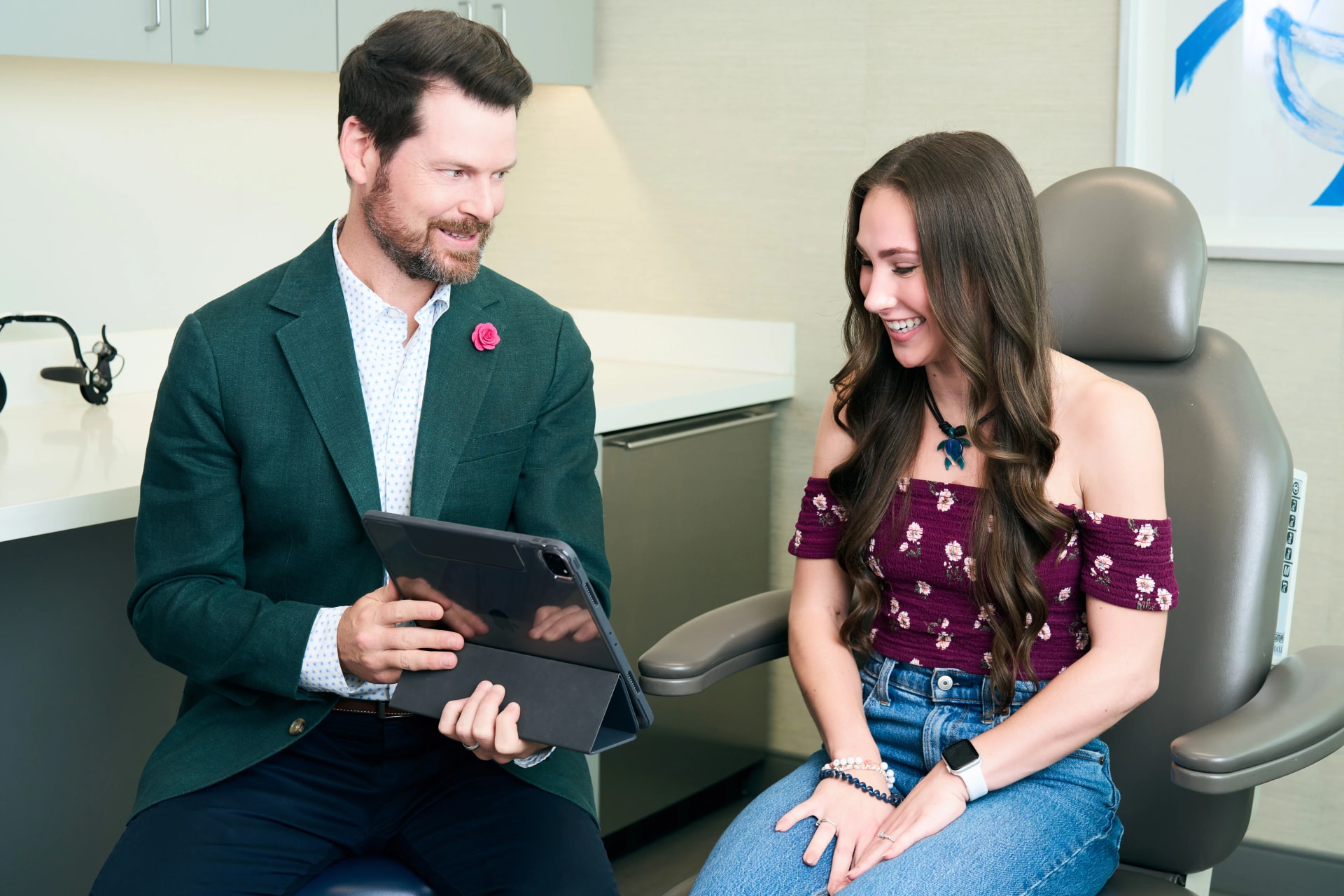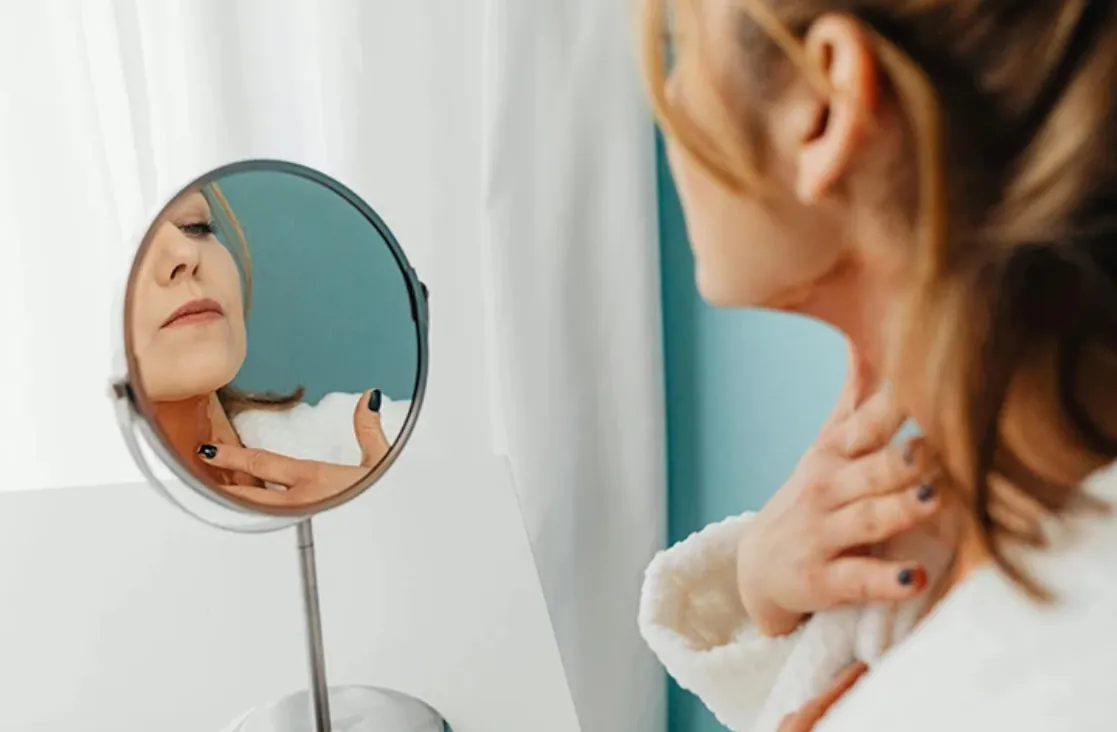Facial Scars Treatment in Plano & Dallas
Understanding Facial Scars

Types of Facial Scars: A Comprehensive Guide

Choose Excellence: Dr. Bader for Facial Scar Solutions in Plano
Dr. Bader is a double-board-certified facial plastic surgeon with over two decades of experience in advanced facial rejuvenation. Leveraging his refined techniques and patient-focused philosophy, he ensures optimal scar treatment results for every individual. His extensive training, dedication to safety, and artistic precision make him a trusted authority, delivering transformative improvements that restore confidence and facial harmony.
- Advanced imaging tools guide his individualized treatment plans for precise results.
- State-of-the-art Facility in Plano, Dallas
- Double board certified by the American Board of Otolaryngology-Head and Neck Surgery and the American Board of Facial Plastic and Reconstructive Surgery.

Facial Scar Symptoms: Early and Overtime Changes
Facial scars vary in appearance and sensation based on individual healing. Some remain minor and fade quickly; others cause discomfort or self-consciousness. Recognizing scar symptoms early aids in prompt treatment.
Initial Condition Symptoms
In the earliest phases of scar formation, individuals may notice redness, swelling, or itching around the affected area. The skin can feel tight, sensitive, or mildly painful, especially when touched. In some cases, scab formation may occur, eventually falling off to reveal fresh skin underneath as healing progresses. During this stage, gentle care is crucial.
Overtime, Additional Symptoms
Over months or years, facial scars can undergo notable changes. They may become lighter, flatter, or less sensitive, but some scars remain raised or even darken due to excess collagen. Tightness and itching can also persist, particularly in keloid or hypertrophic scars. Monitoring these changes and consulting Dr. Bader ensures timely intervention and optimal cosmetic outcomes.

Triggers and Contributing Factors of Facial Scars
Facial scars originate from various sources, each with unique triggers and healing processes. By identifying the root cause, individuals gain insight into potential prevention measures and targeted therapies. Dr. Bader’s expertise ensures personalized solutions for improved outcomes.
-
Traumatic Injuries: Accidents, falls, and cuts can tear skin tissue, leading to facial burns and scarring as the body repairs the wound with collagen. Swift treatment and proper wound care can minimize long-term scar visibility.
-
Burns: Burns from heat, chemicals, or radiation damage deeper skin layers and cause contracture scars or discoloration. Early intervention, including cooling and specialized creams, helps reduce burn severity and potential scarring.
-
Surgery: Surgical incisions on the face can produce scarring, particularly when tension is placed on wound edges. Postoperative care, including massage and silicone therapy, enhances healing and reduces overall scar appearance.
Acne and Skin Conditions: Severe acne or inflammatory disorders like rosacea can damage hair follicles and surrounding tissue. As lesions heal, pits, depressions, or raised scars may often form, necessitating targeted skin resurfacing procedures.
What to Know About Scar Treatment Risks
Each facial scar treatment carries its own risks, which may include temporary swelling, bruising, redness, or skin sensitivity. More invasive procedures can lead to infection, bleeding, or unfavorable scarring if not performed correctly. Choosing a qualified surgeon, like Dr. Bader, and following proper aftercare instructions significantly reduce these risks and support safer, more successful outcomes.
Healing Journey From Facial Scars Treatment
Recovery varies based on the chosen treatment method and individual healing rates. Patients undergoing minimally invasive options, such as microneedling or injectables, typically resume daily activities within a few days. Temporary swelling, redness, or mild discomfort is common, but usually subsides quickly. More involved procedures, including surgical scar revision, may require up to two weeks of downtime, along with careful wound care to ensure optimal healing. Dr. Bader advises patients to keep the area clean, protect it from sun exposure, and follow all aftercare instructions. This comprehensive approach supports faster recovery and enhanced, long-lasting results.
Best Facial Scar Treatments in Plano, Texas
Dr. Bader provides a range of facial scar removal treatments designed to minimize visibility and restore skin smoothness. With extensive experience in facial plastic surgery, he carefully evaluates each patient's needs to determine the most effective approach. Whether you require a minimally invasive procedure or surgical revision, his Plano practice offers advanced options for improved aesthetics and renewed self-confidence.

Achieve Your Desired Look! Contact Dr. Bader

